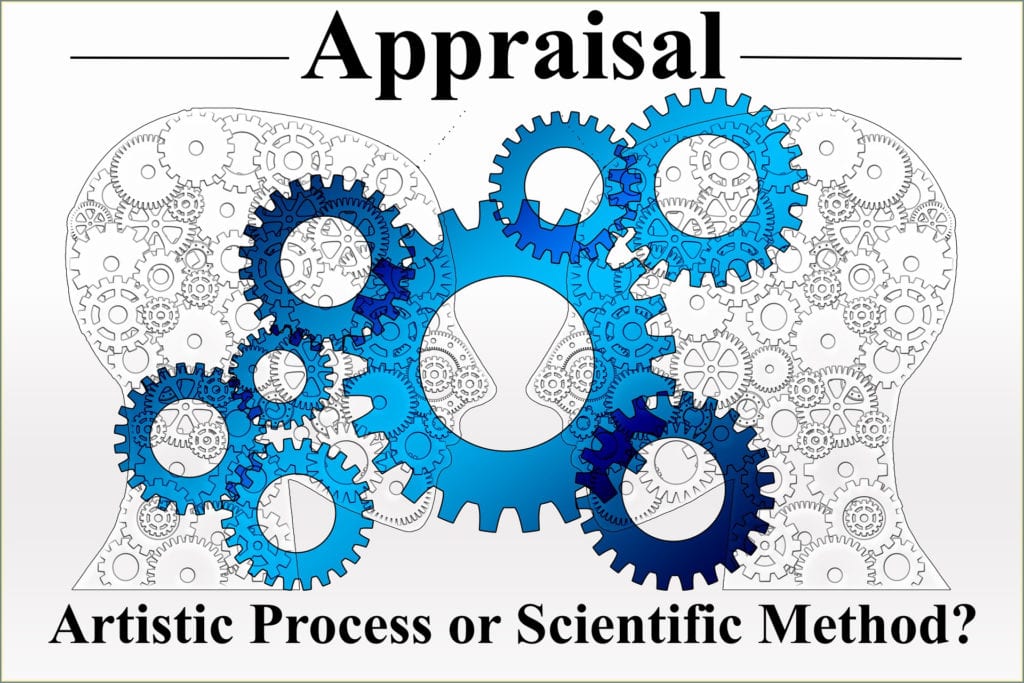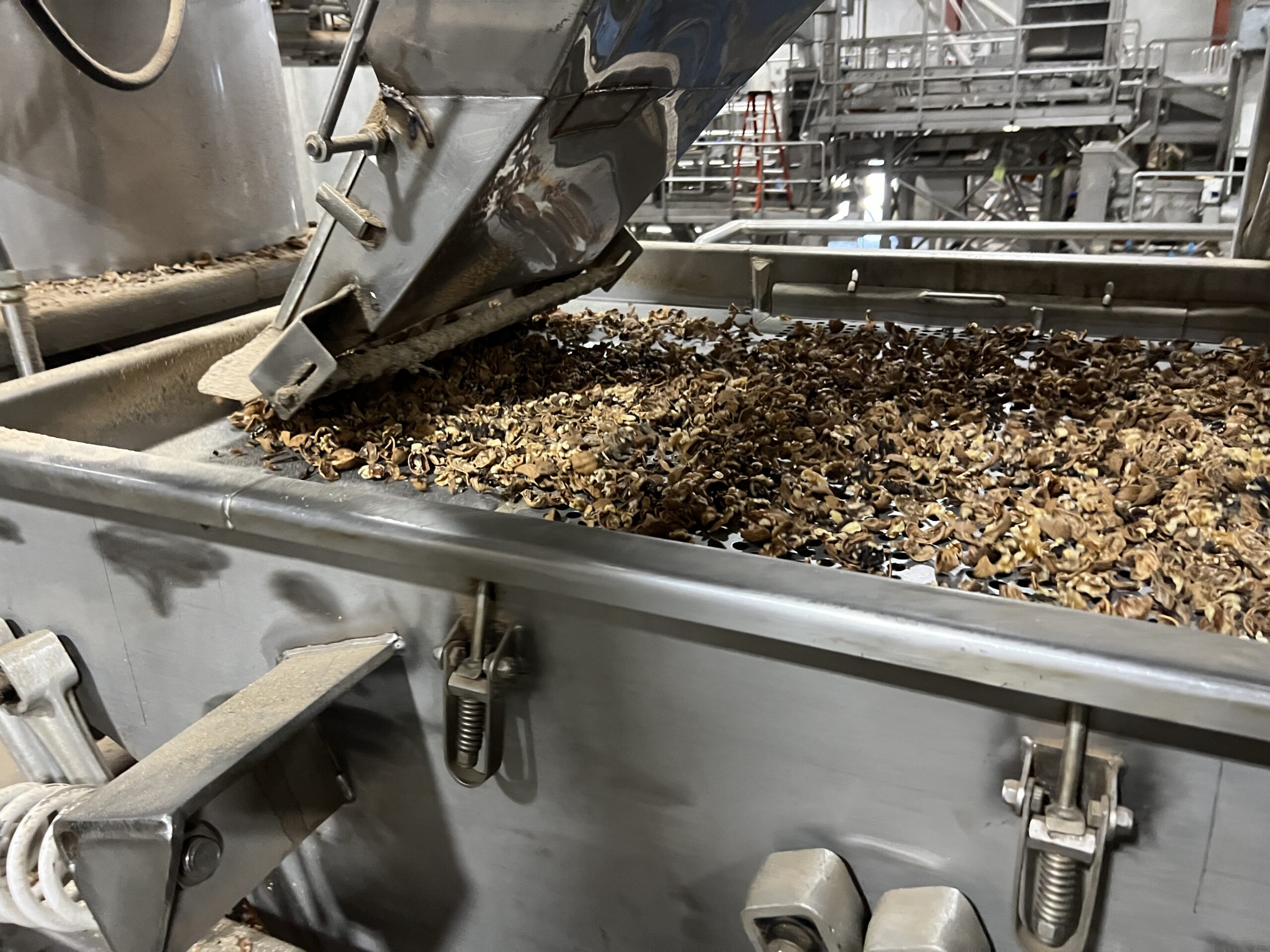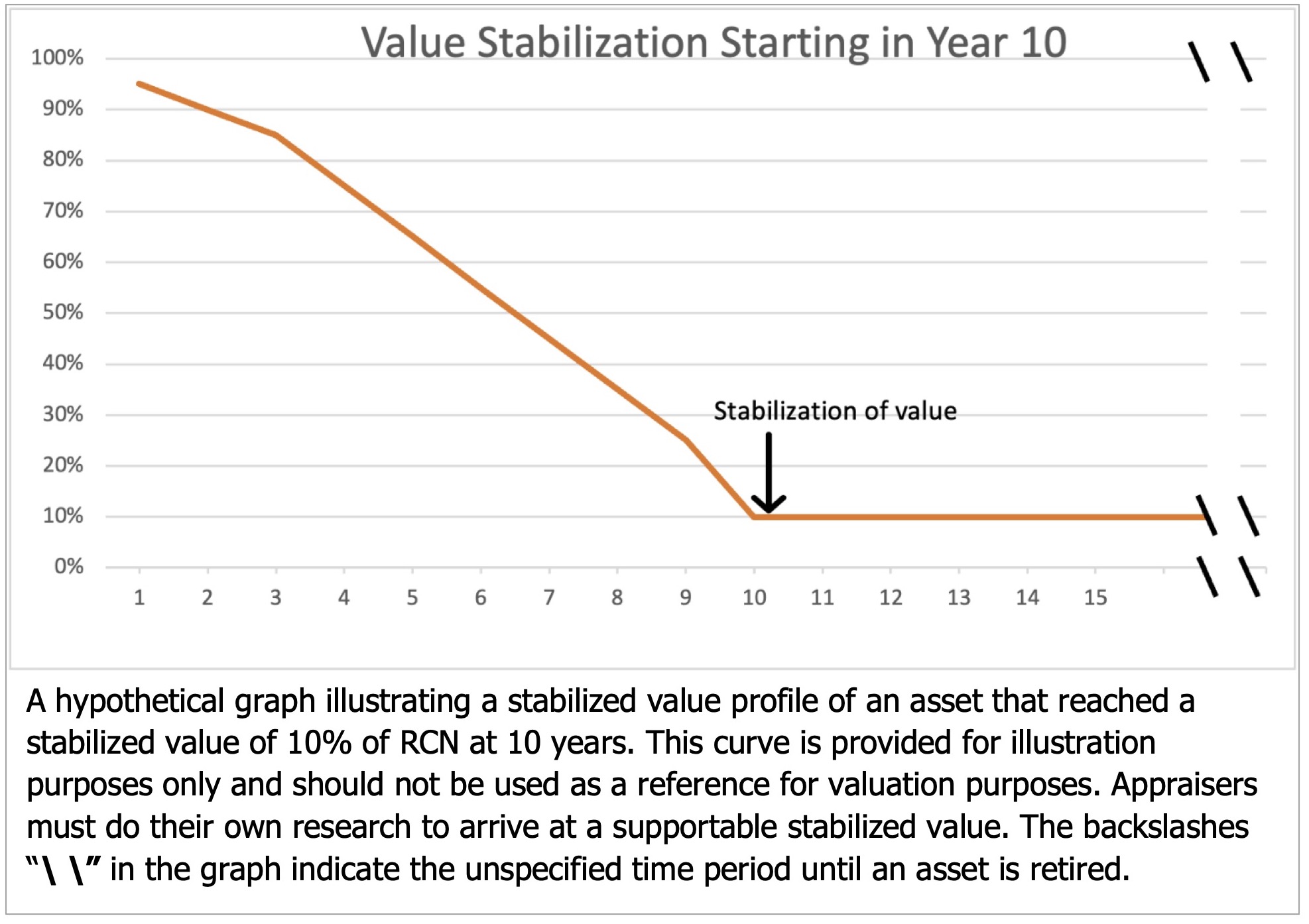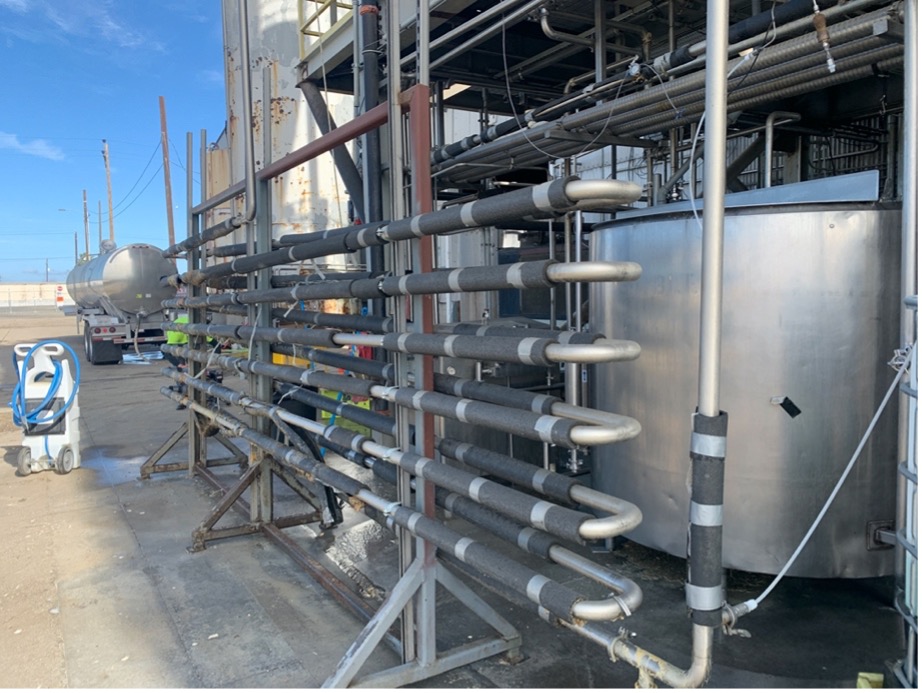 Appraisers frequently refer to what they do as an “art.” And in fact, the word “art” features prominently in the title of a book on appraisal review published by a major appraisal organization. But the practice of referring to appraisals and appraisal review as an “art” can be problematic, especially when we’re providing appraisals to the legal community.
Appraisers frequently refer to what they do as an “art.” And in fact, the word “art” features prominently in the title of a book on appraisal review published by a major appraisal organization. But the practice of referring to appraisals and appraisal review as an “art” can be problematic, especially when we’re providing appraisals to the legal community.
Webster’s dictionary does give a nod to the art of appraisal practice in the definition of art as “a skill acquired by experience, study, or observation” and “an occupation requiring special knowledge or skill.” In general society, however, most people consider art as “something that is created with imagination and creativity.” Herein lies the difficulty. While art is certainly an important part of appraisal practice—see The National Law Review’s excellent article on “The Art of Litigation” for inspiration on writing reports and presenting evidence in litigation—appraisal practice is more a standardized “scientific” process than one that depends upon “creativity and imagination.”
The ”scientific method” is defined by dictionary.com as “a method of research in which a problem is identified, relevant data are gathered, a hypothesis is formulated from these data, and the hypothesis is empirically tested.”
It turns out that the federal court system also has an option about the importance of the scientific method in the appraisal process. It’s called the Daubert standard and is the test currently used in federal courts and some state courts to provide a rule of evidence regarding the admissibility of expert witnesses‘ testimony.
Daubert Standard
Daubert is used by judges to assess whether an expert’s “scientific testimony” is based on reasoning or a scientifically valid methodology that can properly be applied to the facts at issue. Factors considered are these:
- Has the theory or technique in question been tested or can it be tested?
- Has the theory or technique been subject to peer review and publication?
- Does the theory or technique have a known or potential error rate?
- Do existing and maintained standards control the operation and use of the theory or technique in question?
- Has the theory or technique attracted widespread acceptance within a relevant community?
To Daubert or not to Daubert?
Trial attorneys who believe that an expert’s methodology is questionable may request a Daubert hearing to attempt to prohibit an expert from testifying in court. Other attorneys, I’ve been told, are more likely to allow a non-Daubert expert into court with the expectation that they will be able to artfully use the questionable methodology in the service of their own client’s case.
USPAP & the Scientific Method
In either case, however, when considering whether appraisal and appraisal review is an “art” or a “science, we can’t ignore the fact of Daubert, which calls for expert witnesses to use a “scientific method” in preparing their testimony.
And we also have USPAP. The whole purpose of USPAP and all the education offered by the leading appraisal organizations is to enable the appraiser to use a scientific methodology created specifically to promote and maintain a high level of public trust and confidence in appraisers and the appraisal process. It will surprise no one that USPAP never refers to the “art of appraisal.”
The alternative to this scientific process or method is what the judge in the Kuhmo tire case referred to as “ipse dixit.” Latin for “he himself said it” or, put another way, “because I said so.” This is where appraisers differ from dealers and auctioneers. Appraisers use a scientific methodology. We carefully examine the issues involved, the needs of the parties involved, specific issues of the property, conditions in the marketplace place as of the exact time and date of valuation. With that in mind we design a scope of work to address those issue. We use techniques that have attracted widespread acceptance to conclude a value based upon a logical flow of facts. Sure looks like a scientific methodology to me.
The Art of Appraisal
There is, of course, also an art to appraisal practice. Every component appraiser must develop the skills needed to prepare a compelling report that is clear and convincing, one that presents facts and methodologies in a straightforward and coherent narrative. And there is certainly an art to presenting factual evidence in court.
And then there is the creativity that an appraisal practice can encourage. My appraisal practice allows me to take thousands of equipment photos a year. When doing so I try to keep the artistic part of my brain cued up just enough to notice and capture interesting images when available, whether that’s a certain angle of light, a visually interesting subject or one of social or historical importance (I’ve appraised the assets of many of our national parks). I particularly enjoy taking pics of rusty red trucks. In fact I have a small album on my Flickr page dedicated to this subject matter. For me that’s part of the art of appraising.
One last note on Daubert is this interesting article on correct pronunciation.
Contact me on LinkedIn or Twitter to share your thoughts on whether appraisal is an art or a science. I look forward to hearing from you!
Jack Young, ASA—MTS/ARM, CPA
NorCal Valuation Inc.




